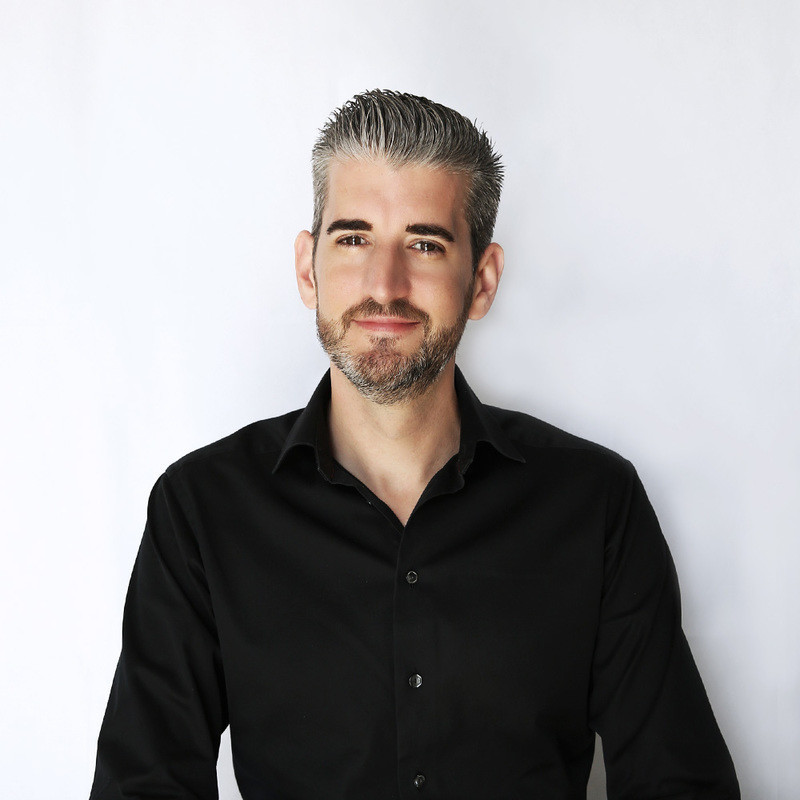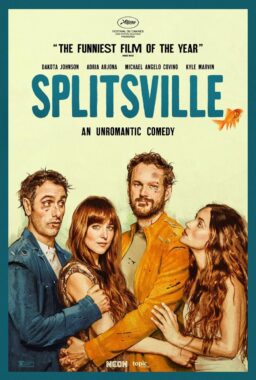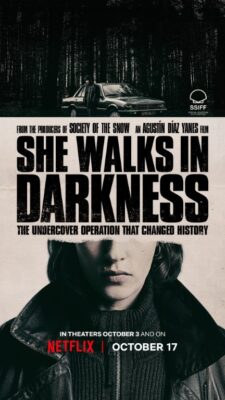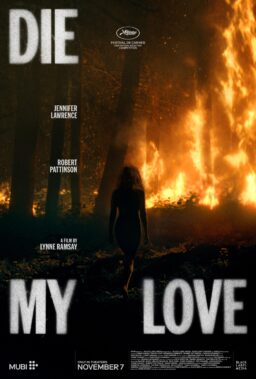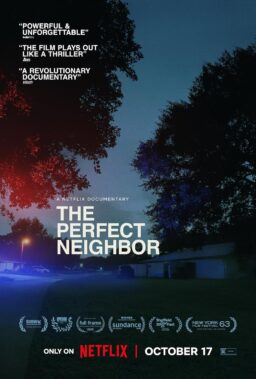A writer dreams it up, and then someone has to figure out how to make it look real on screen. That step begins with the previs (pre-visualization) experts like Chris Edwards, CEO of THE THIRD FLOOR . It takes a combination of imagination and technical skill for them to translate the screenwriter’s idea into something that is technologically achievable and financially affordable. Edwards has been working with FilmSpark, an Arizona State University program to bring Hollywood talent to the students. In a recent presentation, he told the students about “an incredible 3-day in-depth discussion with Roger Ebert when I was 18 years old. Mr. Ebert’s analysis of Citizen Kane, shot-by-shot, and often frame-by-frame made me realize how even the subtlest cinematic choices could change the emotional impact of any composition. Ebert’s generous offer to discuss the film with such a limited audience at the Virginia Film Festival in October 1992, played a huge role in encouraging me to go to film school, and ultimately found THE THIRD FLOOR, which has become the largest film and television Visualization Studio in the world.”

In an interview with RogerEbert.com, Edwards described the FilmSpark program and explained that previs is about solving (and preventing) problems in making a film, and the technical advances that made the difference in “The Mandalorian”.
What is FilmSpark? How do you pick the topics? What are your favorite questions you’ve been asked by the students?
FilmSpark is a robust industry relations program based out of Arizona State University which has been ranked the most innovative university in the nation for the last five years in a row. Film Spark has been able to connect ASU students with an incredible array of top Hollywood professionals such as the director of Marvel’s “Doctor Strange,” the producer of “Batman Begins,” and the sound designer behind “Aquaman“. It’s the kind of VIP industry relations program I wish I had access to when I graduated from film school.
Professor Adam Collis picks an intriguing topic each semester. One year, ASU students conducted an entire case study of the Lionsgate feature film, “Wonder,” even before the movie was released. Over the course of the semester, the class had the opportunity to meet each of the executives who had worked on the film for a behind the scenes look at their individual roles. The semester culminated with a visit from Lionsgate Vice Chairman, Michael Burns, who treated the students to an exclusive screening of the finished film.
This semester, I was honored to be a guest speaker at the most recent Film Spark class focused on superhero movies. The insightful ASU students were exploring the question, “Are superhero movies true cinema?” after an opinion from director Martin Scorcese sparked a global debate. I presented on the artform of “visualization” to help provide the class a better understanding of how ambitious films, such as superhero movies are actually made. We discussed the extensive exploratory and pre-planning process used to vet the director’s vision and make each shot and sequence stronger and stronger, so that it makes the greatest emotional impact on the audience. It’s essentially the process that all creatives go through to create their best works of art; with superhero movies, the scale of the production is exponentially higher.
The ASU students were extremely sharp and clearly understood the impact visualization makes on the final film. This was clear when they asked me a political question about how the actors feel about being “previsualized.” It’s a common misconception that actors might feel upstaged by seeing a virtual version of themselves blocked into a scene. However, we find that actors really appreciate having all the information they can absorb before stepping into a role. Visualization provides a much clearer sneak peek into the mind of the auteur director, and that helps everyone involved in the production.
What is previs?
Previsualization is founded on film principles. The act itself – of visualizing a scene or project before physical production actually takes place – is based on film language. It’s about using cinematic knowledge and techniques to accurately advise filmmakers and crew members about how to most effectively build a stronger story using digital renderings. The goal of previs is to show filmmakers and content creators, as creatively and accurately as possible, how their scenes will look before the camera rolls, giving them the opportunity to not only cut costs, but to ensure their storytelling decisions are well-informed and landing the way they want them to. Visualization is an agile planning process that can be a win-win creatively and financially, if orchestrated professionally.
Where does someone develop the skills for previs work? Graphic design? Computer programming?
These skills are typically developed through an educational background in computer animation, visual effects and/or gaming. At THE THIRD FLOOR, we have artists coming to us with a wide range of experience from formally trained animators, who have a master’s or bachelor’s degree in computer animation, to artists who are completely self taught. Our visualization artists are strong 3D animators who are proficient in character design, camera work, tracking, compositing, match moving, and have a strong grasp on VFX animation.
When it comes to computer programming, we are just beginning to see schools teach new skills in different game engines and AR tools that relate to virtual production. We have many artists who have crossed over between games to film, which demonstrates the field’s ability to help students develop skills across multiple industries.
Problem solving, the ability to work under tight deadlines, and quick idea generation are more general, but equally important skills we look for at TTF. We hire people who have meaningful experience in other areas of the entertainment industry, as previs operates as an extension of cinematic language and principals. Having passion for the work and a strong, positive attitude will certainly make you stand out, as well as possessing an educational background that is relevant to the fast-paced, innovative environment of TTF and the industry at large. ASU would be a great place to develop these sorts of skills!
What have been the most significant technical advances in digital effects? The most fun?
There have been many significant advancements in technology that have helped grow the visualization process from pitch to final post-production. In final VFX, the most impactful advances are related to photorealistic CG lighting. Once VFX artists could leverage a photorealistic material and lighting model, everything started looking more realistic, and it was much easier to sell even fantastical worlds and characters in the eyes of increasingly sophisticated audience members.
On the other end of the production timeline, in pre-production, the most significant advancement in technology is real-time computer graphics, including sophisticated game engine platforms such as Epic Games’ Unreal Engine. At THE THIRD FLOOR, we have adopted Unreal as our master engine for all of our filmmaker-friendly visualization tools. And now, we can use a variety of interfaces, such as VR headsets and iPads to enable filmmakers to explore and arrange sets virtually and collaboratively.
It all culminated recently in the form of “The Mandalorian” on Disney+, where we supported Lucasfilm’s Industrial Light + Magic (ILM) to help realize the world’s most advanced Virtual Production Stage. Our artists worked with the Directors and Art Department to prepare photorealistic virtual sets for viewing live on set, thanks to a giant curved screen of LED panels. This enabled filmmakers to literally shoot against the wrap-around LED backdrop as if it was an exotic Star Wars destination. It’s truly a milestone for Lucasfilm, and foreshadows what the future of filmmaking will look like, once these virtual production stages are available for inspired directors everywhere.
When you begin a project, what are the first questions you ask?
When a project is first brought to THE THIRD FLOOR, we tend to begin with the following question: Do you have a script or storyboard? Then, we learn the scope of the project. Are they looking to visualize a specific scene, the entire film, or something else? We contribute heavily to major scenes and third acts, which typically involve the climactic final battle that brings together an entire feature (Think “Avengers: Endgame“).
Next, we ask if they have any special requirements. For example, on “Game of Thrones,” the producers were hoping for practical fire during the shoot days involving Daenerys’ dragons, so we proposed some technical solutions by bringing in our talented team members to support with new and innovative tools. We also ask about the timeframe of the project, as well as the director’s creative vision. Additionally, learning who the best contact is and which team members will be on board, like the VFX Supervisor who oversees our progress, is especially helpful. It allows us to understand our approach to certain directors and clients and how they would like to run their specific projects. Once we’re made aware of the project’s schedule, creative scope, and set location(s), we are ready to deploy a team anywhere in the world!
Who do you work most closely with on a project? The production designer? The DP? The director?
THE THIRD FLOOR functions as a hub of collaboration for each and every project, mainly working with directors to guarantee their visions are realized in the virtualization work we offer. Since all members of a film crew are committed to the director’s creative vision (like the Production Designer and DP) you could say our work informs the creative decisions made by crew members later on in production and helps maintain the continuity of vision from development through post production.
Were you a Star Wars fan before you got to work on the Star Wars and “Mandalorian” projects? How do you create a world like “Mandalorian” that is separate from but a part of a universe people are very attached to? Were you surprised by the excitement over Baby Yoda?
I’m from that generation of kids that was influenced heavily by the release of “Star Wars: Episode IV – A New Hope“. My mom tells me it was the first film I saw, and since that time I was enamored not only by the creativity of the world and story, but also by the process of how this feat of filmmaking was even possible. So this lead me to follow in George Lucas’ footsteps and attend film school, and later win an unbelievable job on the “third floor” of Lucas’ Skywalker Ranch, where our small team helped design shots and sequences for “Star Wars: Episode III – Revenge of the Sith,” and pioneered the process that ultimately became the gold standard of visualization around the world.
What are you reading/watching/listening to during the shutdown?
As a member of the Academy of Motion Pictures Arts and Sciences, I have the privilege of receiving a mountain of screeners each year. Although I had already watched every shortlisted, nominated film, there were a ton of treasures I had yet to discover, until quarantine. I’ve also been binging on HBO’s “Westworld” and underappreciated series such as “Euphoria,” which is an incredible directorial and cinematic work of art. Truly inspirational filmmaking is keeping us in high spirits while we weather the storm together.

